An Overview of 7 Different Quilting Techniques
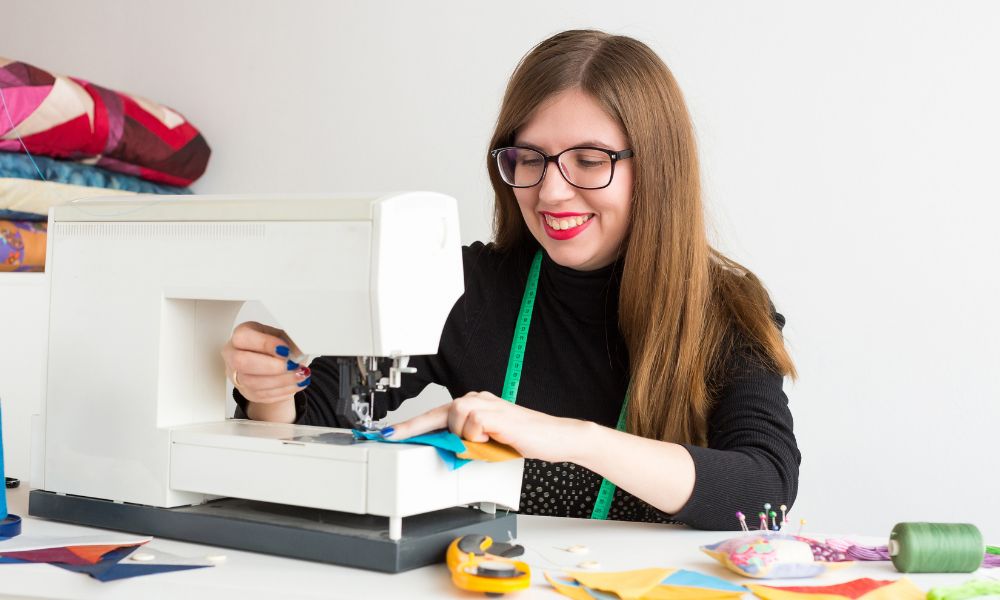
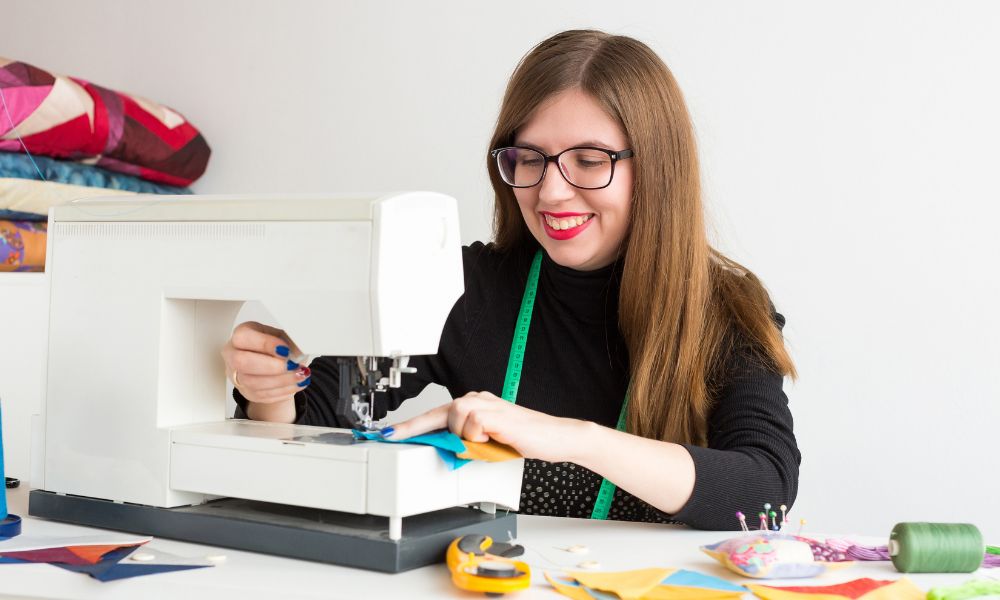
Quilting is both a life skill and an art form, which is why so many people want to learn how to quilt. The blankets and other items you can learn to quilt have a useful purpose and look beautiful. Novices can enjoy smaller, simpler quilted items while experienced quilters can create larger, more complicated quilted items. Depending on your preferred quilting technique, you can make a variety of beautiful patterns on your quilted items.
The beauty of this skill is that any quilter of any level can learn a new technique at any time. Keep reading for an overview of seven different quilting techniques that new or experienced quilters can learn to expand their quilting repertoire.
Free Motion Quilting
Free motion quilting earned its name in two ways. First, this technique requires a free motion or a darning foot on your sewing machine. Second, you’ll sew straight stitches without traditional guides or feed dogs when you use this method. Free motion quilting means you move the fabric freely through your machine, turning either with a sketched design on the fabric itself or improvising freehand movements. This is an excellent choice for elaborate designs since the fabric tends to flow quickly through the machine. Free motion quilting is also a good choice if you want to infuse unique designs into your quilt. It is best for experienced quilters, but novices can learn as well.
English Paper Piecing
English paper piecing is almost the antithesis of free motion quilting. This technique requires the use of paper shapes, often geometric ones, that you sew inside the fabric to maintain the edges of the shape and overall design of the quilt. You then sew the edges of these shapes together until your quilting piece is complete, removing the paper shape guides at the end. While this technique is much more structured than free motion, it still creates a special visual effect that many people enjoy. Novice and experienced quilters can both perform this technique with the right tools.
Italian Trapunto
Italian trapunto quilting creates a unique 3D effect in your quilting piece. With this technique, you sew both a top and bottom layer of the quilt. Traditionally, the quilter stuffs additional padding throughout the stitched design to create a raised effect through the top layer. Modern quilters can still perform this technique this way, but some prefer to add an extra layer to the quilt back before completing the top. Regardless, both techniques will create the unique trapunto effect. You can use this technique for hand- or machine-sewn quilting pieces.
Walking Foot Quilting
The walking foot quilting technique doesn’t have a special name like trapunto does, but the name does help explain the technique itself. For this technique, you use a walking foot on your sewing machine, which evenly feeds your quilt layers through the machine—it’s an upper visual of the often-unseen feed dogs beneath the quilt. You need to shift and rotate the quilt itself, but the walking foot guides your stitches into straight or gently curved lines. While you don’t add any stuffing between these stitches or layers, it still produces an intriguing 3D effect.
Applique Details
There are many applique detail quilting techniques, and the one you choose will depend on the type of applique you’re adding to your quilt. Applique often uses colors that are complementary to the shades already present in your quilt, and it adds extra design elements, some of which are dimensional. You can hand applique smaller quilting details or quickly machine applique large pieces. If you need to limit your sewing to save hand strength or are still learning how to sew, you can use fusible applique that you iron onto your quilting piece. For a more unique look, you can create reverse applique. Instead of sewing or ironing the applique onto the top of your quilt, cut your desired applique design out of the main quilt fabric, then sew or iron your desired applique beneath the cutout.
Hand-Tie Quilting
While applique makes a statement on your quilt, hand-tie quilting creates more subtle detail within your project. You can combine this technique with most of the other techniques mentioned, such as English paper piecing or walking foot. If you prefer, you can also use this technique on its own. To create a hand-tie quilt, stitch heavy thread through all the layers of your quilt. Once the thread is all the way through, create a visible knot on the top layer. This will look similar to a 3D polka dot effect, although you can use multiple colors and do not have to place the knots in a pattern. The hand-tie technique is simply a visual effect—your quilt should not depend on these knots to stay together. You still need to sew traditional seams to assemble your quilting pieces.
Patchwork Blocks
Patchwork is one of the most traditional, and therefore iconic, quilting techniques. You can use blocks of any size or multiple sizes to create a patchwork effect. While we recommend using similar or identical fabrics so that the quilt functions and cleans well, you can use any scrap fabric you prefer for this technique. Some quilters create patchwork designs with traditional shapes, such as a house out of rectangles and triangles. However, this is not required. You can hand- or machine-sew patchwork blocks for any quilting project, although it is most popular for quilted blankets.
This overview of seven different quilting techniques offers a range of potential design techniques—from simple to complicated—for your next quilting project. No matter what skill level you’re currently at or working toward, you can learn one or more of these techniques to make your quilting projects unique. Lindley General Store is thrilled to come alongside you as you learn these techniques—we offer fabric and quilting accessories for your next or current project. Whether you want basic supplies to start your quilting journey or need something unique to add to your sewing basket, we have the tools and accessories you’re looking for. You can also utilize many of these accessories for other types of creative ventures, including projects that require regular sewing.
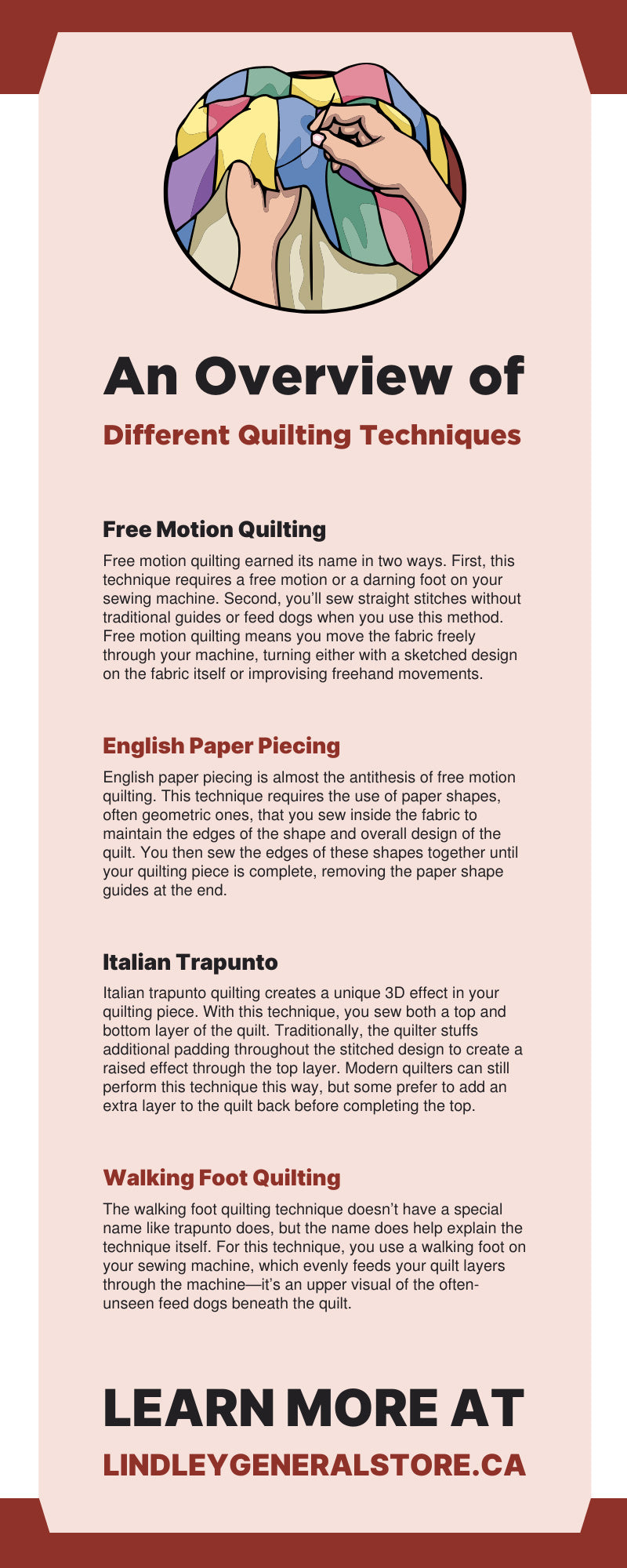

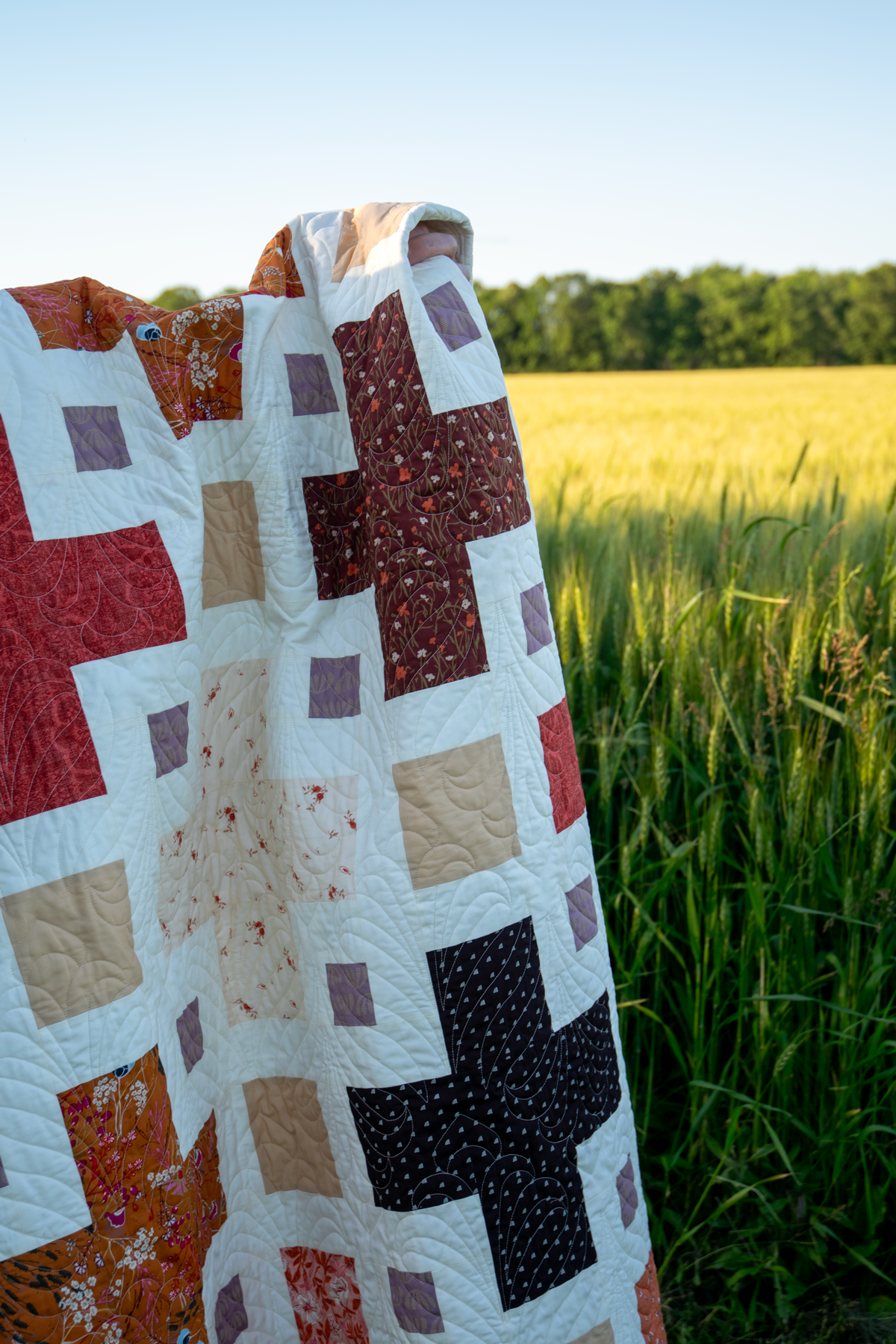



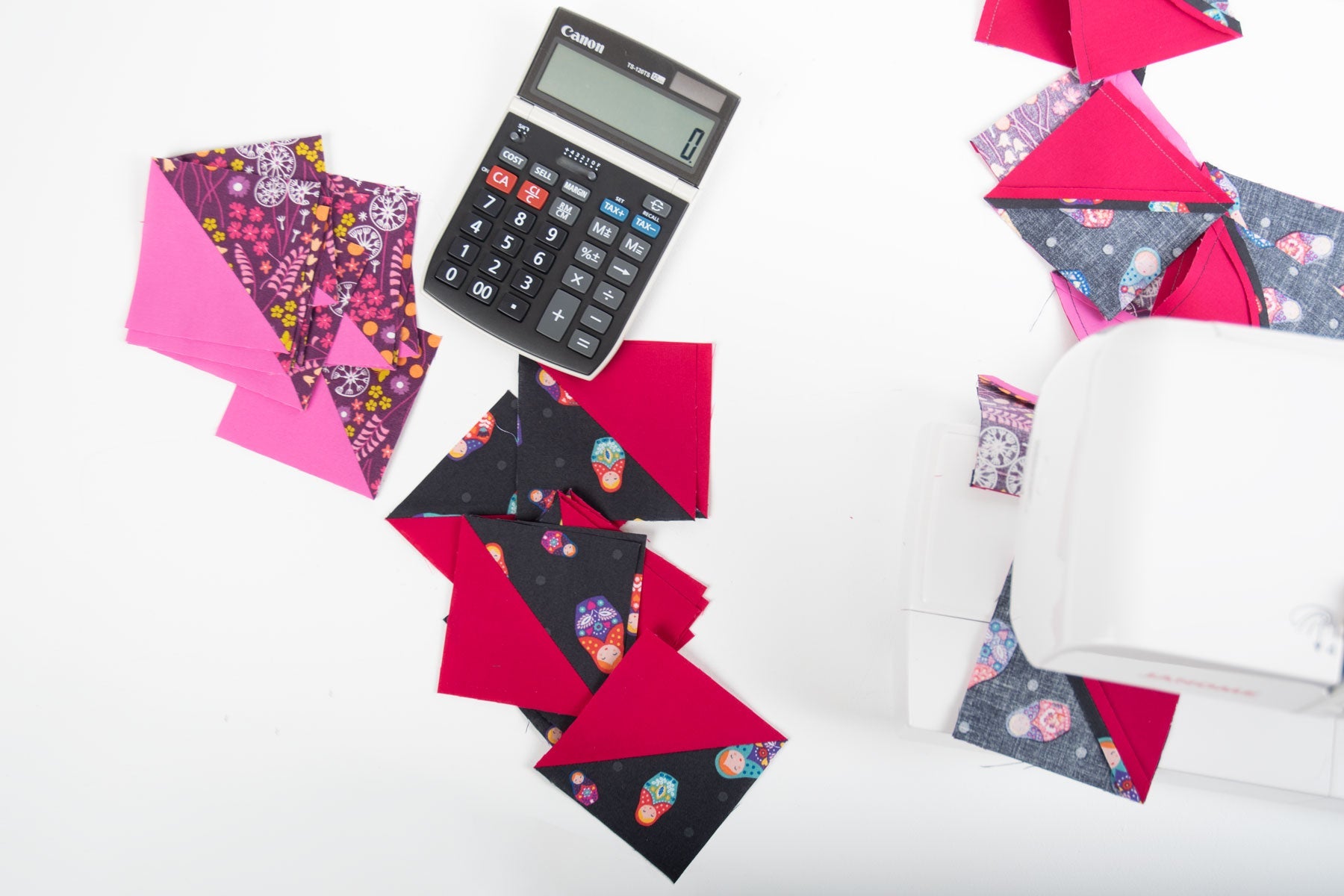
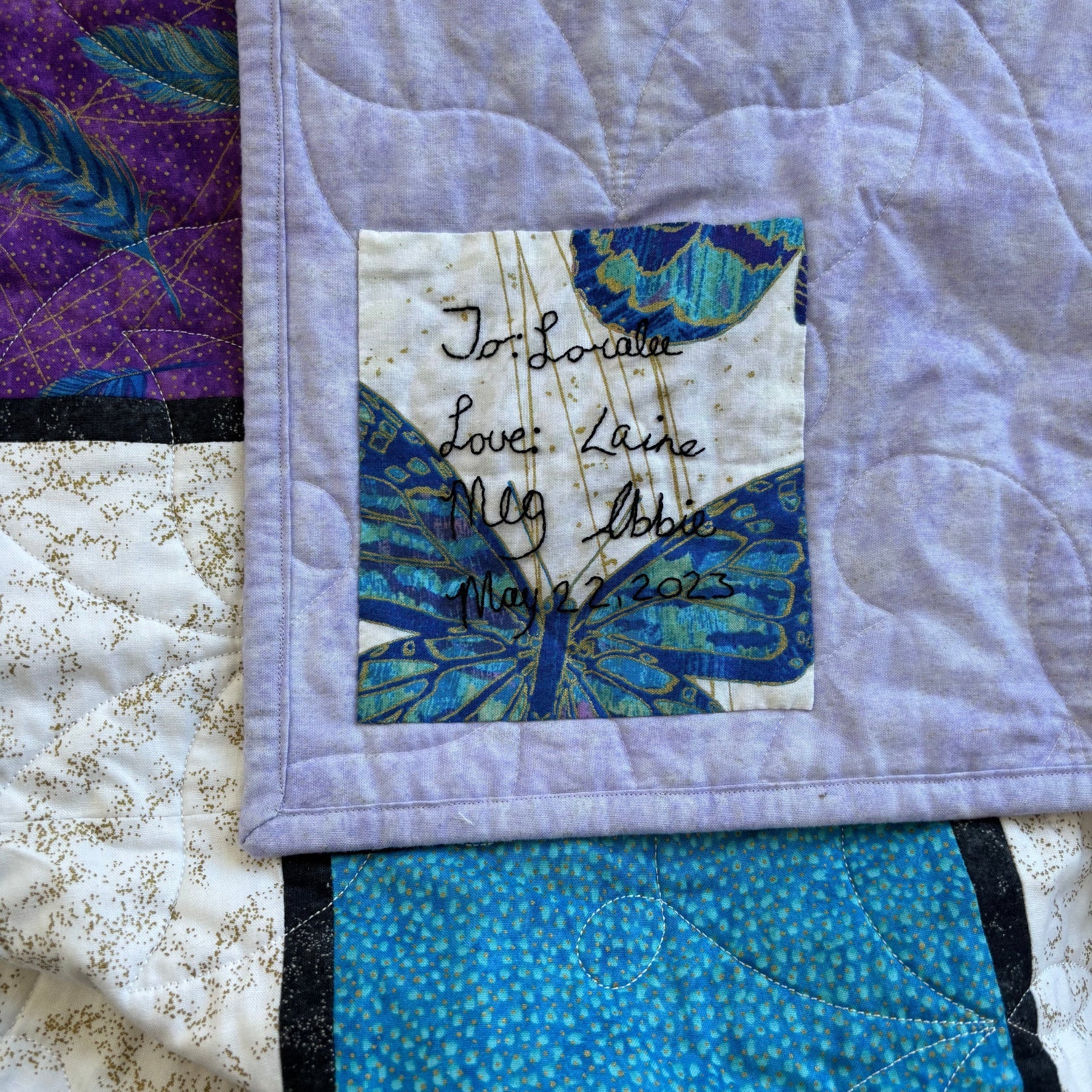
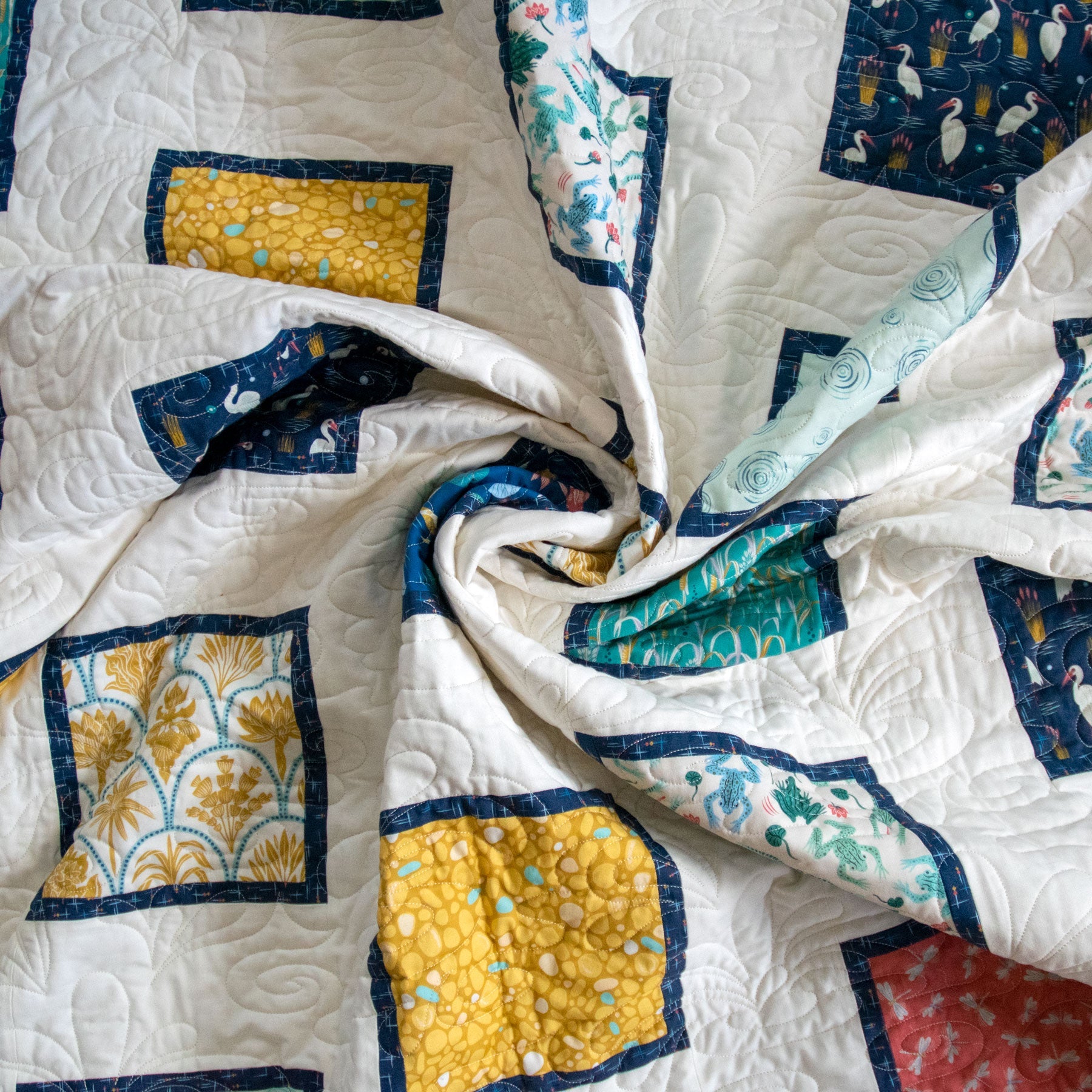
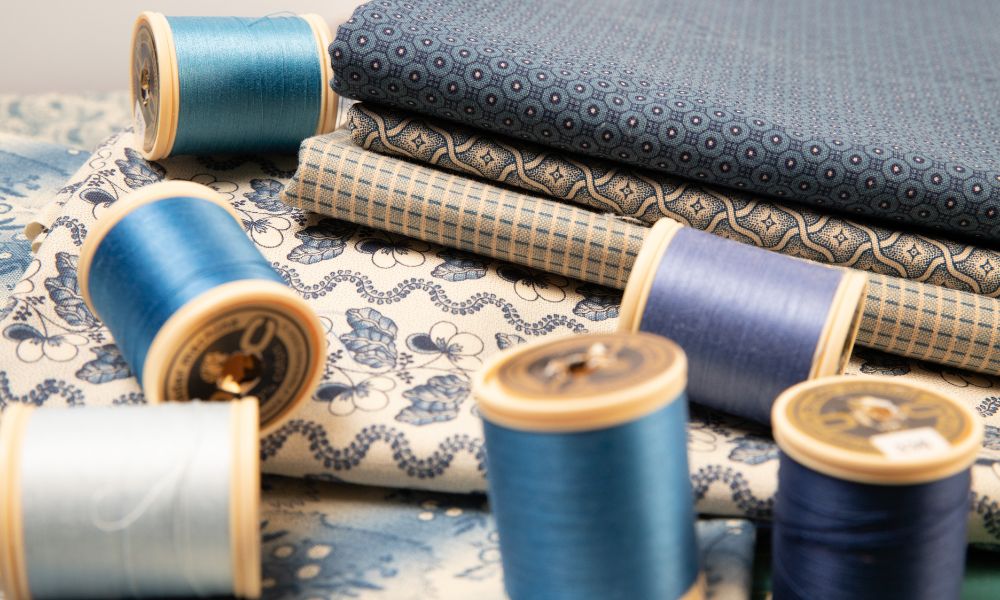
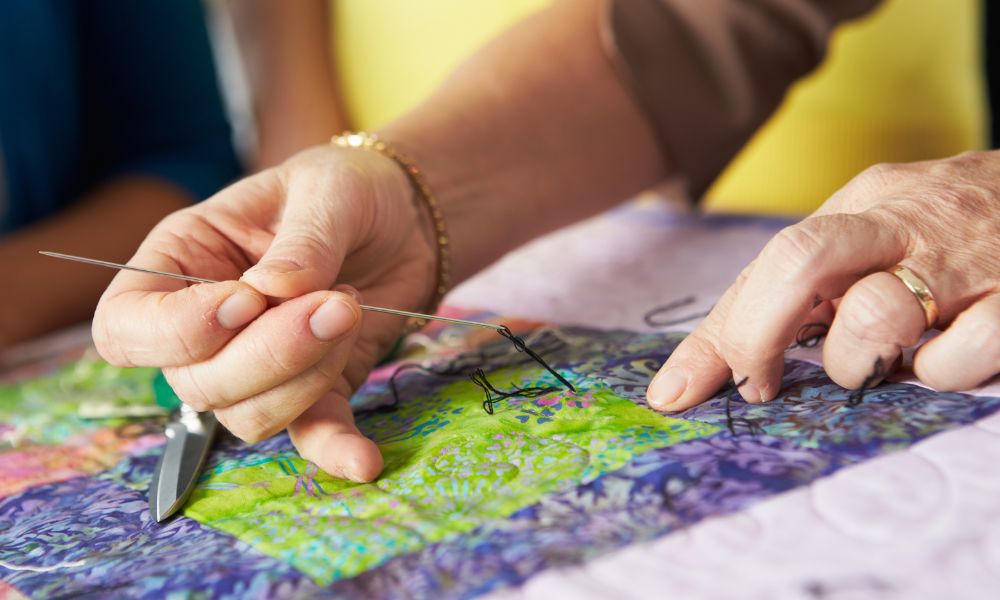

Comments